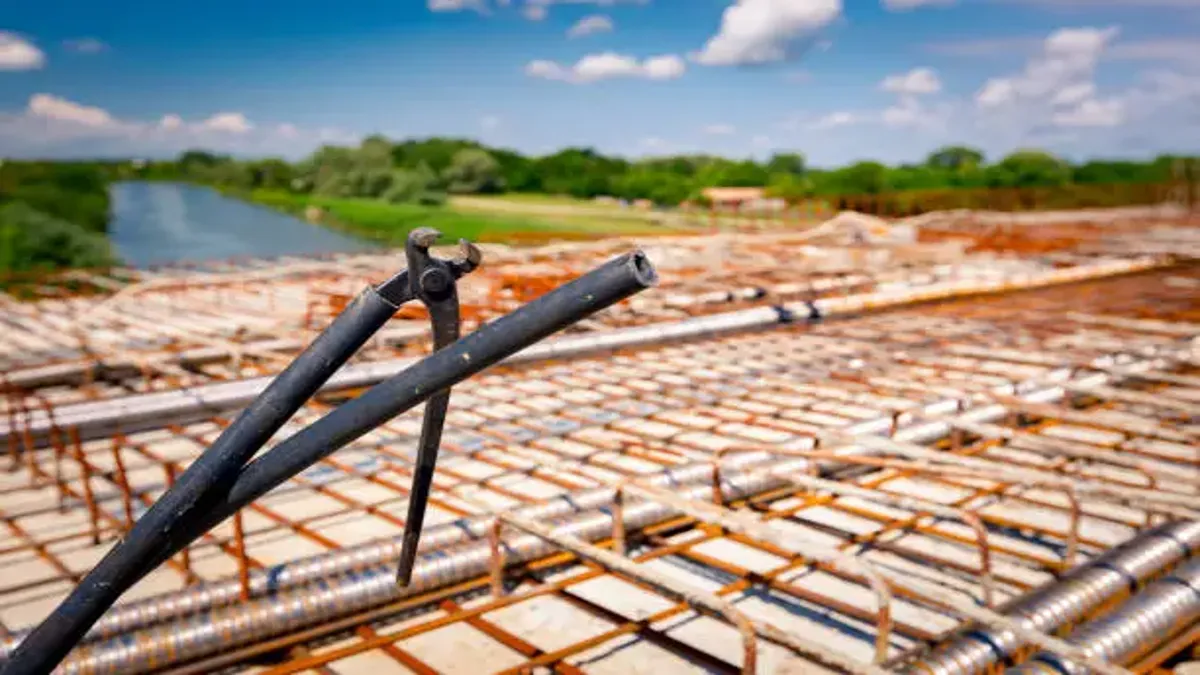Reinforced concrete is the backbone of most structural systems, and accuracy in rebar estimation plays a critical role in ensuring that strength, cost, and scheduling align. In many commercial and infrastructure projects, a small error in rebar quantities can lead to cost overruns or structural weaknesses. That’s where rebar takeoffs become vital to the estimating process.
A rebar takeoff is more than just counting bars. It involves detailed measurement and quantification of rebar lengths, sizes, bends, and placement to ensure compliance with the structural design. When done right, it leads to tighter bids, better resource allocation, and ultimately, stronger structures.
In this blog, we break down why rebar takeoffs are essential for structural accuracy and how teams can ensure precision during the quantity takeoff process.
1. Rebar Quantities Directly Affect Structural Integrity
Every piece of rebar in a concrete structure contributes to its load-bearing capacity. Inaccurate quantity takeoff at the estimation stage can result in under-reinforced or over-reinforced components, affecting both safety and cost.
For example, if a slab is designed to handle a certain load but the takeoff underestimates the rebar required, it may lead to structural deficiencies that only become apparent during inspections or, worse, after completion. Precise rebar takeoffs ensure the design intent is met in real-world execution.
2. Improved Estimation Reduces Waste and Overordering
In large-scale civil and commercial projects, overordering rebar can be just as problematic as underordering. It leads to material waste, site congestion, and added costs for storage and handling.
With accurate rebar takeoffs, estimators can match order quantities closely with what is needed for each pour or sequence. Using modern Earthwork Takeoff Software in tandem with rebar estimation tools allows teams to align rebar needs with excavation and foundation timelines.
3. Faster Turnaround with Digital Tools
Manually calculating rebar takeoffs is time-consuming and prone to oversight, especially in projects with varying rebar sizes, spacing, and cover requirements. Using digital quantity takeoff platforms enables faster measurements, automatic tagging, and visual verification.
Beam AI’s takeoff capabilities allow estimators to generate accurate rebar quantities directly from PDF drawings. Users can assign different rebar types, group them by structure, and export structured data for bid preparation or handoff to project engineers.
4. Cost Estimation Becomes More Reliable
Rebar often represents a significant portion of the concrete budget. Inaccurate rebar takeoffs can lead to bid adjustments, contract change orders, or profit loss post-award.
When quantity takeoffs are precise, contractors can better estimate labor, bar bending schedules, and placement time. This translates to more realistic cost forecasting and tighter margins.
5. Integration with BIM and Project Schedules
Rebar takeoffs are no longer isolated from the rest of the project workflow. Many teams are integrating rebar quantity data into Building Information Modeling (BIM) systems or project schedules.
This alignment ensures the structural team, procurement, and field crews are all working off the same data. It also enables early detection of conflicts, delays, or missing items, improving coordination across stakeholders.
Conclusion
Rebar takeoffs are foundational to structural accuracy and cost efficiency. Estimators who take time to get them right contribute directly to the strength, schedule, and budget performance of the entire project.
Whether you’re working on a high-rise, a bridge, or a commercial slab-on-grade, rebar takeoff precision matters. Combined with tools like Earthwork Takeoff Software or digital quantity takeoff platforms, rebar estimating is now faster and more reliable than ever.
Contractors who embrace this shift not only reduce risk but also build with greater confidence.

